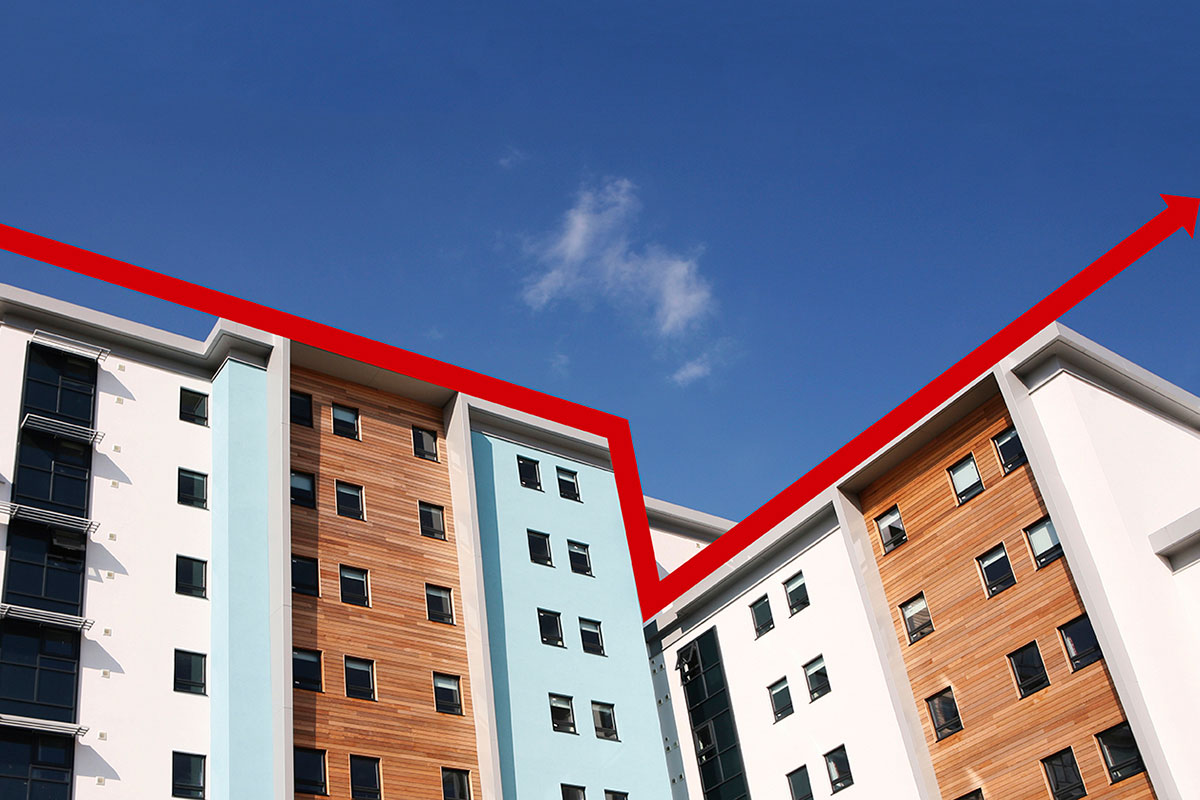You are viewing 1 of your 1 free articles
 Stephanie Cryan
Stephanie CryanCreating an intermediate housing list – but who gets priority?
Southwark Council is consulting on who should be eligible and prioritised for its new intermediate rent waiting list. Stephanie Cryan explains more
With the current housing crisis in London it is important that homes of all tenures are built and that there is a supply of housing available that is truly affordable for our residents who are on low and medium incomes.
As a council we are committed to ensuring that we do what we can to play our part in meeting the housing needs of our residents and that we have homes that are available across a range of incomes.
While council housing and the provision of homes for those on the lowest incomes has, and continues to be, a main focus for Southwark Council, we are also fully aware that those in the private sector are feeling the squeeze in our borough.
There is a clear need to provide housing that is affordable to our key workers in Southwark, who are finding it increasingly harder to rent in the area due to the increasing prices in the private rented sector.
We also need to make sure that we help those residents fleeing from domestic abuse and ensure that they are safe, with suitable housing arrangements available.
“There is a clear need to provide housing that is affordable to our key workers in Southwark.”
Southwark is served by three major NHS hospitals, all of which have nurses, support staff, trainee doctors and paramedics likely to seek somewhere to live in the borough.
As well as this, hundreds of teachers and social workers who support the next generation and their families all need a place to call home.
We are asking the public who they think should receive priority for housing as we start to form selection criteria for our new list for intermediate rent housing. We all need and use the services these people provide and if they have nowhere affordable to live, we could see a shortage of people wanting to work locally.
I strongly believe we need to take a proactive stance on supporting the victims of domestic abuse. We have already embedded Solace: Women’s Aid officers at our homelessness unit, and as homelessness prevention trailblazers, we have been visited by councils from across the country to learn best practice.
We are looking at all models of housing to support this issue, from looking to evict the perpetrators of domestic abuse and supporting victims to stay in their own homes and keep local connections, to finding safe accommodation across London for victims who need to move away.
The victims of domestic abuse have to be considered as part of any potential change to our housing provision.
While some of the salary brackets may seem high to some, families on these incomes are unlikely to receive additional benefits, and the salaries of a vital worker like a nurse and teacher do not stretch far in a city where an average one-bedroom flat costs £1,200 a month to rent.
The mayor of London’s commitment to London Living Rent is welcomed and will help provide affordable housing for households on incomes under £60,000 per annum.
“The victims of domestic abuse have to be considered as part of any potential change to our housing provision.”
This is just one of several solutions to providing homes at intermediate rents for our residents alongside shared ownership, community land trusts and co-operative housing models, as well as from Section 106 in developer-led build-to-rent schemes – which we expect to be the biggest contributor of intermediate rent provision.
At this stage we simply want to hear what Southwark residents think and we don’t have a specific direction we are recommending they follow.
The results of the consultation will help us to develop an intermediate housing list that sits alongside our council housing list. I look forward to sharing the results and outcomes with you later this year.
Stephanie Cryan, cabinet member for housing management and modernisation, Southwark Council
SOUTHWARK’S INTERMEDIATE HOUSING PLAN EXPLAINED
- Homes for intermediate rent will be let to people on a new housing list, according to a priority “star system” which priorities keyworkers and other groups
- The homes will be mainly delivered by developers through affordable planning contributions on build-to-rent schemes
- They will have minimum three-year assured shorthold tenancies
- Rent levels will be set at London Living Rent for household incomes below £60,000
- There will also be a “small proportion” with rents at up to a maximum of 80% of the market rent for those with household incomes of between £60,000 and £90,000
- The landlords of the homes will be private or housing associations
- The council is consulting until 11 October on which groups should be eligible for the list and who should be prioritised
At a glance: the different types of rent in London
Picture: Getty
Social rent: The amount of social rent a person pays depends on the location and size of the property, and is set according to a complex formula, but it is typically set at between 50% and 60% of market rent.
Affordable rent: Introduced by the coalition government in 2011, ‘affordable’ rent can be up to 80% of market rent, although many associations have been charging lower than this.
London Affordable Rent: A tenure introduced by Sadiq Khan that is lower than national affordable rent and based on target rent levels towards which social rents are gradually being raised. This makes it higher than average social rents in the capital, but in line with the rent that would likely be charged if a new social rent unit was built and set according to the same formula.
London Living Rent: A rental product aimed at middle-income Londoners introduced by Sadiq Khan, with rents set at one-third of average local earnings.
Target rent: A social rent level calculated by the government, which council and housing associations should use to move their social rents to over time.











